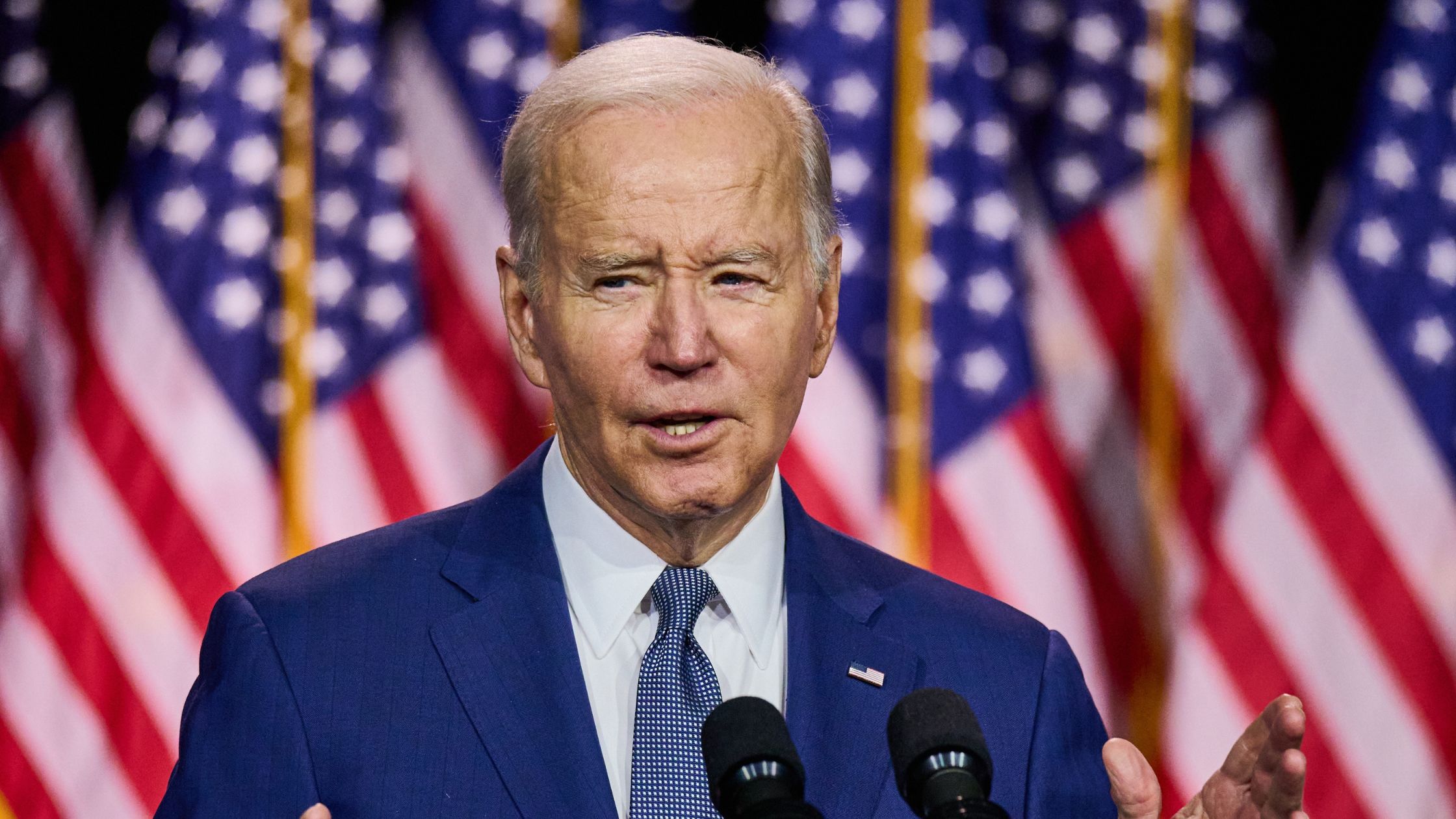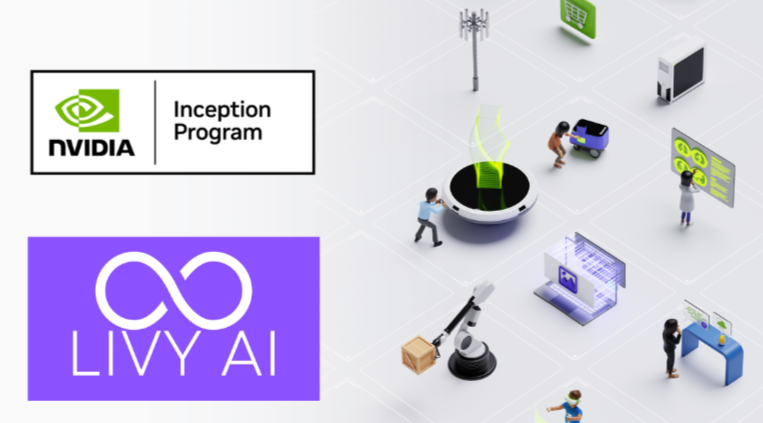
In a significant move to address the rapid advancements in artificial intelligence (AI), the White House has unveiled a comprehensive executive order. This directive aims to both harness the potential of AI and regulate its associated risks, reflecting the administration's proactive approach to this transformative technology.
Key Takeaways:
- The White House introduces a sweeping executive order to regulate and monitor AI risks.
- The order mandates AI developers to share safety test results with the federal government before public release.
- If an AI model poses national security, economic, or health risks, companies must notify the federal government.
- The executive order seeks to ease immigration barriers for AI-skilled workers.
- It also aims to prevent AI-related fraud and outlines the government's use of AI.
- The order builds on voluntary commitments from tech giants like Microsoft and Google.
- The White House had previously introduced a nonbinding "AI Bill of Rights" for consumer protection.
A Deep Dive into the Executive Order
The White House's new directive is a response to the growing influence and potential risks of AI in various sectors. The order requires developers of potent AI systems to share their safety test outcomes with the federal government before these systems are made available to the public. Furthermore, if an AI model under development poses threats to national security, the economy, or public health, the order mandates companies to notify the federal government under the Defense Production Act.
In addition to these regulations, the executive order also focuses on workforce dynamics. It plans to ease immigration barriers, allowing AI-skilled workers to study and remain in the U.S. This move is seen as a strategy to retain top talent and maintain the country's competitive edge in AI research and development.
Addressing AI-Related Fraud and Government Use
To combat the potential misuse of AI in generating deceptive content, the executive order directs the Commerce Department to create guidelines for watermarking AI-generated content. This initiative aims to provide a clear distinction between human-created and AI-generated content, ensuring transparency and authenticity.
The order also provides a detailed framework for the government's use of AI. It sets safety standards and introduces measures to help government agencies adopt new technologies that can enhance efficiency and reduce costs.
Building on Previous Commitments
This executive order is not the administration's first foray into AI regulations. Earlier, 15 tech companies, including industry leaders Microsoft and Google, made voluntary commitments. These commitments included allowing external testing of their AI systems before public release and developing methods to clearly label AI-generated content.
President Biden's Stance on AI
President Joe Biden has been actively involved in discussions surrounding AI and its implications. He has consulted with world leaders, tech executives, academics, and other experts on the potential benefits and challenges posed by AI. The president has emphasized the need for safeguards to protect consumers and has shown concern about national security implications.
Looking Ahead
As AI continues to shape various industries and aspects of daily life, the White House's executive order represents a significant step in ensuring that its growth is aligned with public interest and safety. With Vice President Kamala Harris set to attend an AI summit in the UK and the European Union considering its AI regulations, the global focus on AI governance is evident.
In conclusion, as AI technologies evolve at an unprecedented pace, it's crucial for governments worldwide to stay ahead of the curve, ensuring that advancements benefit society while mitigating potential risks.
First Reported on Digital Chew

